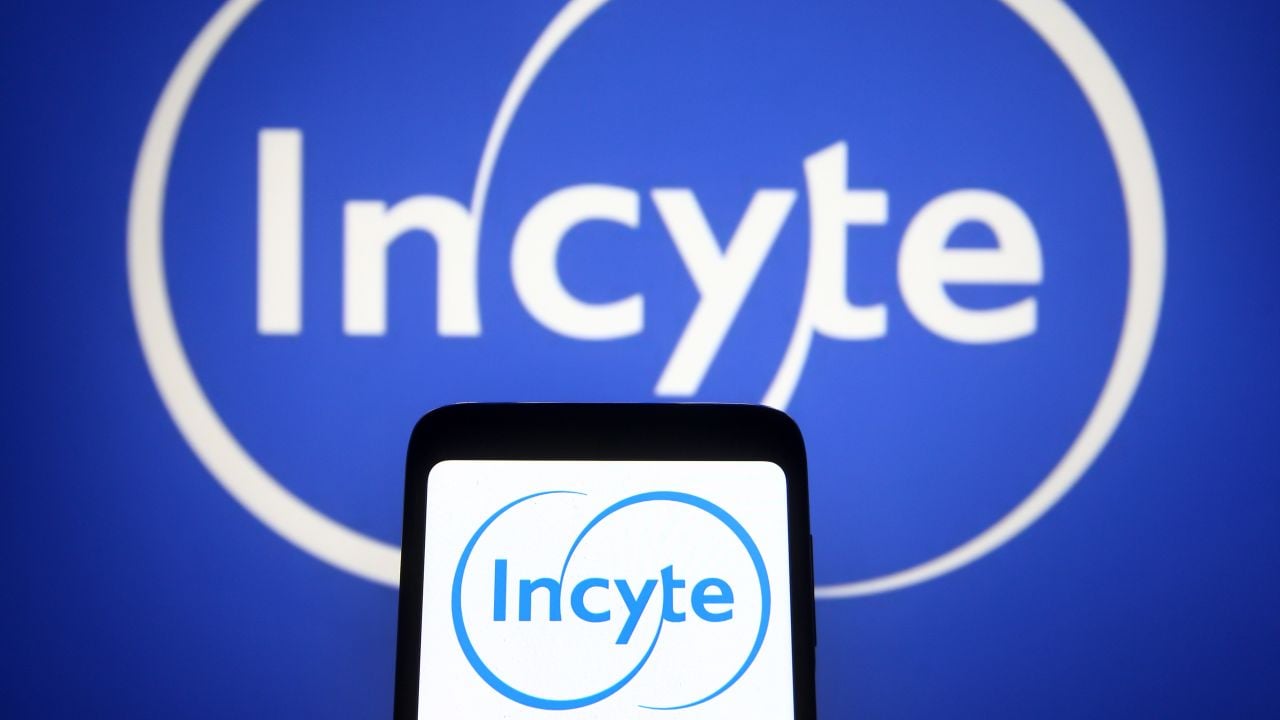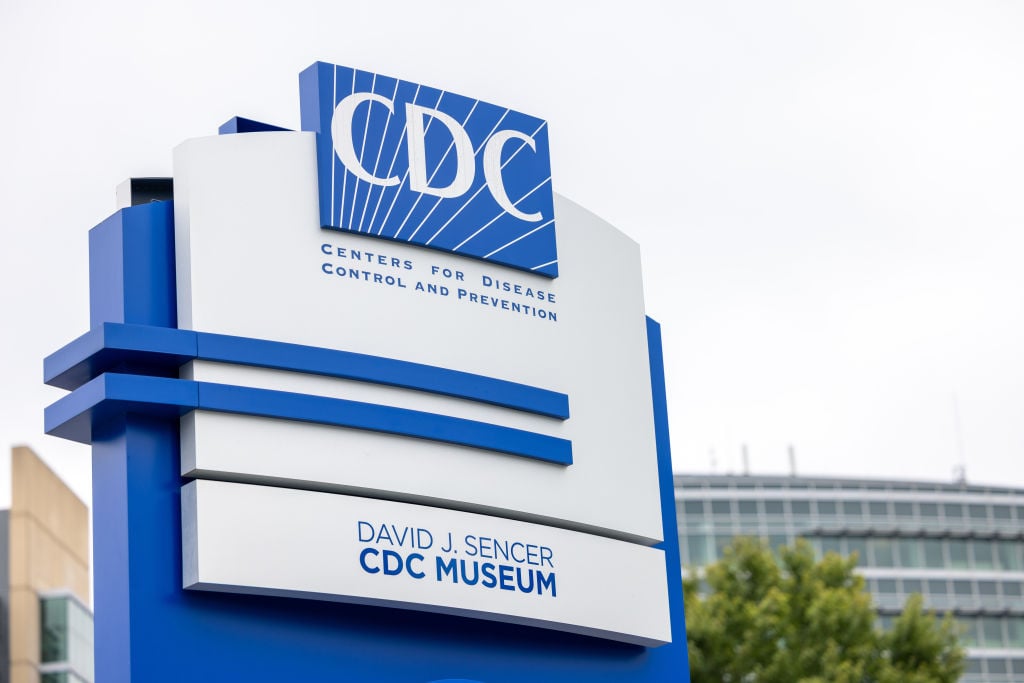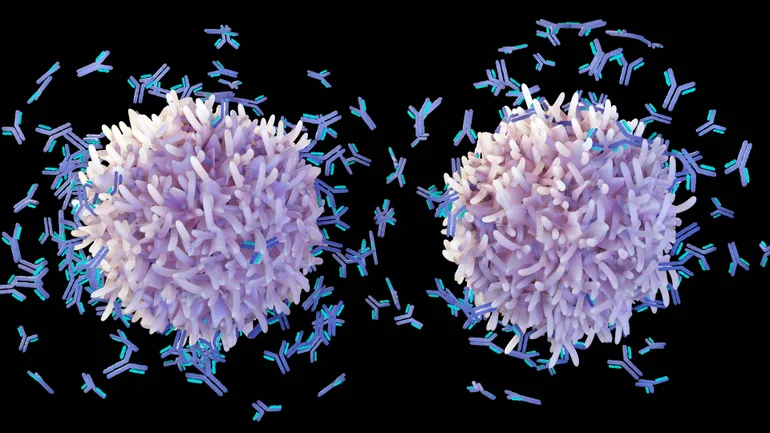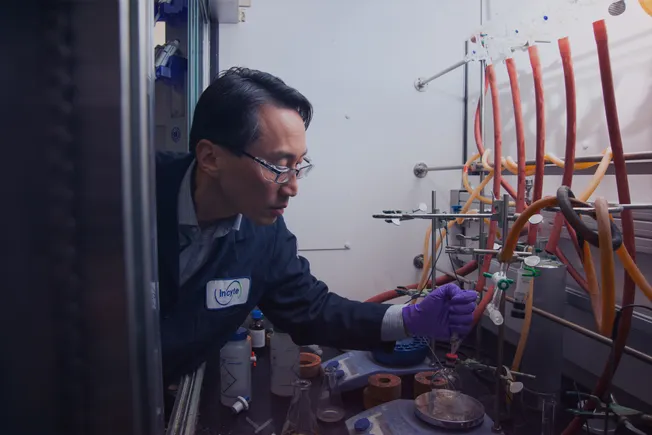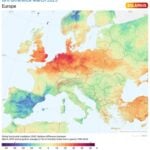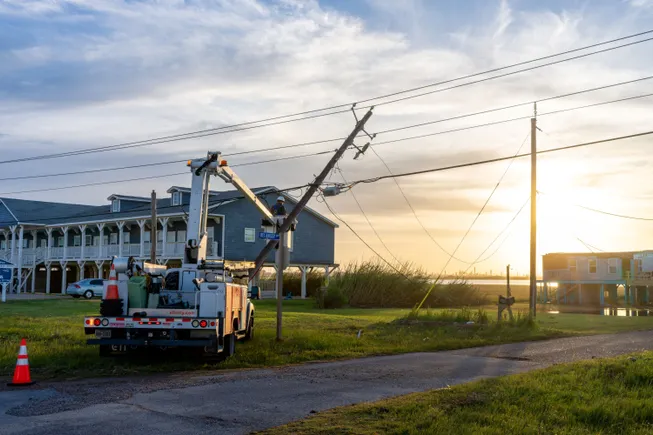STAT+: Why RFK Jr.’s data plans might hit a real world snag
You’re reading the web edition of STAT’s Health Tech newsletter, our guide to how technology is transforming the life sciences. Sign up to get it delivered in your inbox every Tuesday and…

You’re reading the web edition of STAT’s Health Tech newsletter, our guide to how technology is transforming the life sciences. Sign up to get it delivered in your inbox every Tuesday and Thursday.
Federal health department leaders have touted the potential of using patient data, including health records, to study autism, chronic disease, vaccine injuries, and more. Just yesterday, the National Institutes of Health and the Centers for Medicare and Medicaid Services announced a plan to use CMS claims data though an existing research program for this purpose, promising the agencies will “establish a secure tech-enabled mechanism to enhance this data sharing with timely, privacy and security compliant data exchange.” But that’s claims. The plan to get health records remains fuzzy.
As STAT’s Katie Palmer reports in a new story, getting access to huge troves of actual patient data may prove more difficult than the confident statements of leaders like Marty Makary and Jay Bhattacharya let on. The idea of building a platform for real world data to study diseases isn’t new, and previous efforts, including by NIH, have been dogged by the thorny questions: Who owns the data? Who will profit from it? How do you keep it safe? And how do you get health organizations to play nice? Even assuming you can get data, making it usable can be maddeningly complex.

























































